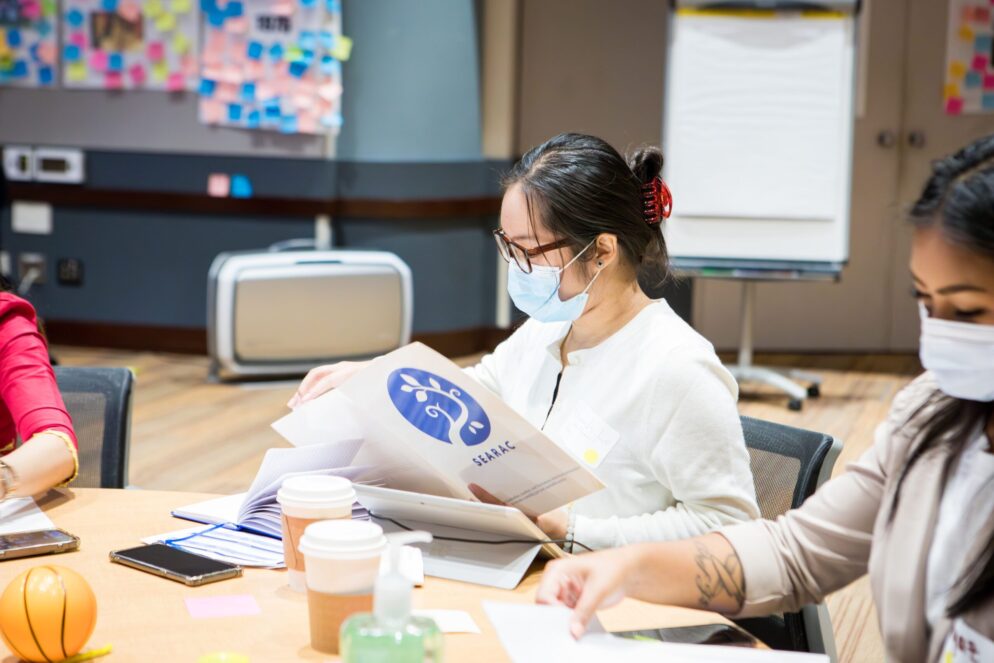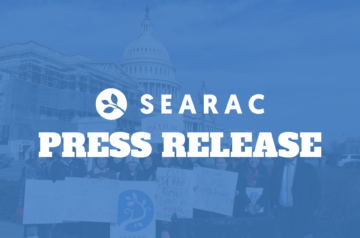SEAAs’ refugee history, their invisibility in education data and policy, and systemic racism create barriers to our students’ educational success. Our government must address the disparities that SEAA students experience and invest in their futures.
Key resources:
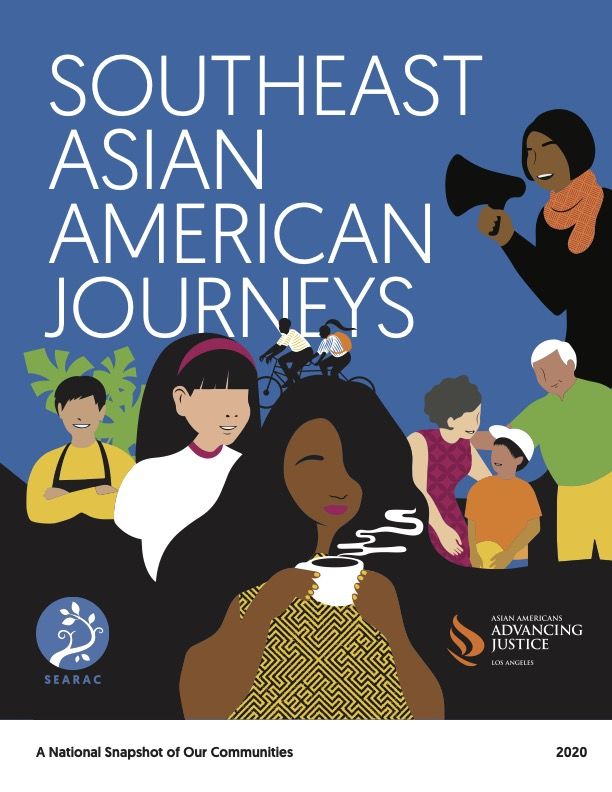

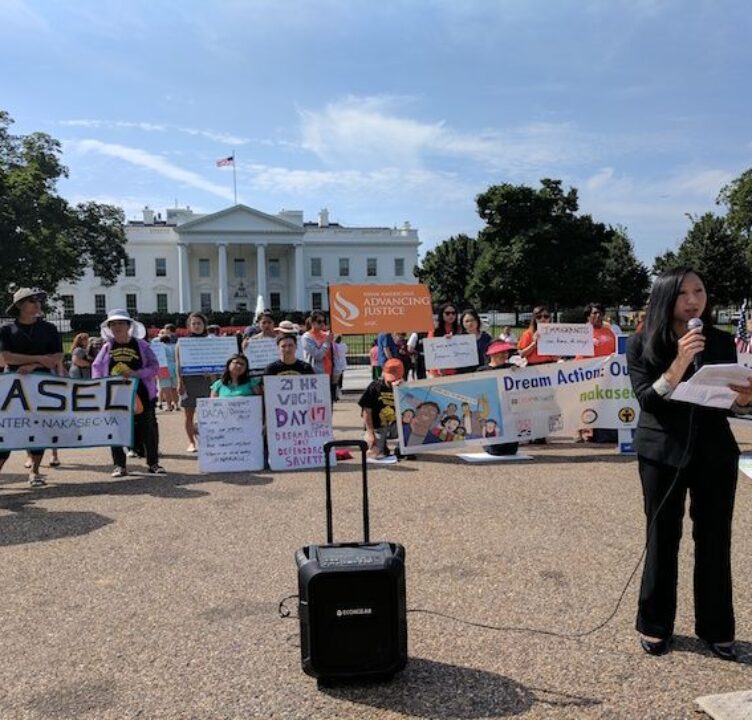
Featured story
SEARAC Responds to President’s FY2025 Budget Proposal
WASHINGTON, DC – Yesterday, the Biden administration released the Fiscal Year 2025 President’s Budget. The annual budget proposal details the President’s priorities for the upcoming fiscal year and, though non-binding, provides…
Learn more“My commitment to educational advocacy is shaped by my personal experience as a low-income, immigrant Southeast Asian student in the U.S public school system and my professional experiences as a teacher and youth facilitator. As a high school student, I experienced firsthand a lack of a culturally inclusive education and witnessed an unequal distribution of resources between my high school and the wealthier, predominantly white high school just across the bridge. Yet, I did not have the language to name what I was experiencing.”
SEARAC LAT 2019 participant
We need to be actively thinking about creative spaces and after-school programs that encourage participation from refugee parents in preparing their children for college. More importantly, we need to address language access. Without the ability to read documents or understand robocalls, parents are further barred from being informed on their child’s educational attainment and success.”
Cambodian Mutual Assistance Association of Greater Lowell
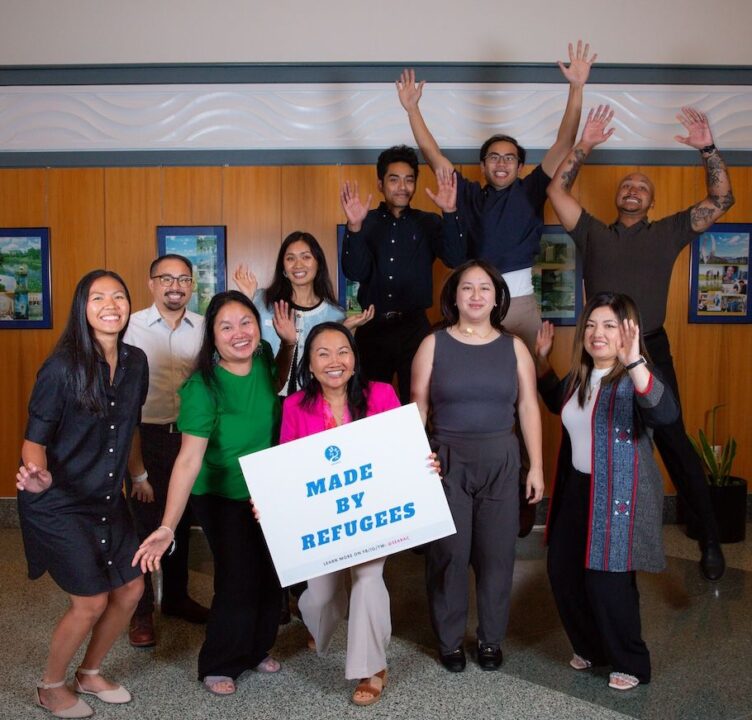
Subscribe to our newsletter for the latest updates on the SEARAC community, and to learn more about how you can get involved.
"Healing requires both honoring the past and taking deliberate steps in the present. Many of us were taught, either directly or through unspoken messages that our emotional struggles and vulnerabilities should be hidden. Yet, healing requires us to honor how pain impacts both mind and body."
Read Tina`s full blog at the link in our bio.
Jan 6

"As I’ve learned more about the country of my ancestors, I’ve come to admire the centuries of resistance against foreign invaders to safeguard our heritage and identity."
Read Tyler`s full blogpost at the link in our bio.
Jan 5

SEARAC community: let`s start 2026 by showing Congress our collective power!
Take a few minutes to sign our open letter at the link in our bio.
Reshare the form with your networks, add this post to your stories, and/or tag your friends in the comments below.
Jan 2

As we close out 2025, SEARAC expresses our deepest gratitude to our community for building power alongside us. Here is an end of year message from Quyên Đinh, SEARAC Executive Director:
"Our roots aren`t just history, they are our power: our power to protect our families; power to tell our own stories; power to imagine and build a future where our communities can truly thrive.
In this 50th anniversary, we`ve defended democracy — not just for this year, not just for Southeast Asian Americans, but for all Americans for the next 50 years.
I think often about what this year means for the generation that follows. Fifty years from now, my kids will be adults, older than I am today.
My hope is that they will know who they are and where they came from. That they`ll be equipped to navigate life`s deep sorrows and unfathomable joys.
That they`ll inherit an America, where Southeast Asian Americans and all communities are seen, heard, and valued. An America that exceeds even our boldest dreams.
An America we`re proud to call home for generations to come."
Dec 31

"In celebration of the 50th anniversary of the resettlement of Southeast Asian refugees, we continue to mourn the life that could have been if my mother’s family had stayed. Southeast Asian Americans, like Mae Tao, are resilient and inspirational in their ability to power forward despite being uprooted by war. We reminisce, we preserve our culture and traditions, and we pass the stories onto the next generation."
Read Caitlyn`s full reflection at the link in our bio.
Dec 30


